It’s a bittersweet moment when you realize it’s time for your toddler to start going to sleep in their own bed that’s likely in their own room. On one hand, you’re glad to see them grow and thrive, but it’s sad to see them become more independent. We won’t lie. You’ll have a bit of a challenge on your hands, but we’re here to help. We have created a step-by-step guide for creating a successful bedtime routine for toddlers. This lesson will teach you everything you need to know about helping your toddler go to sleep, from some “do-nots” to many helpful tips that will aid you in creating a routine that will help your sweet child find their beauty sleep.
Step 1: Understand Why a Bedtime Routine is Important
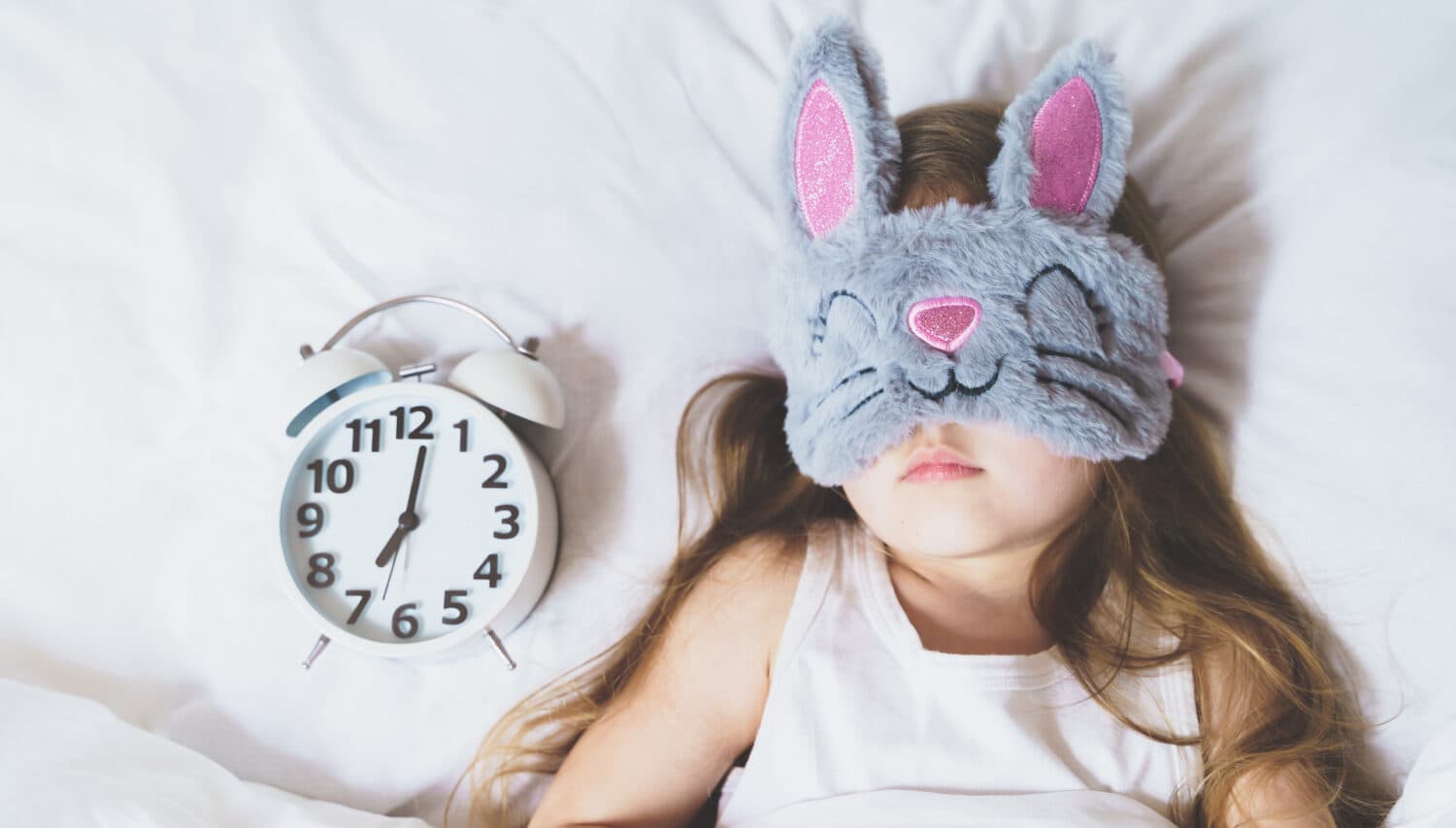
©Ira Lichi/Shutterstock.com
The first step to creating a successful bedtime routine for toddlers is realizing how important making a routine can be to your child’s health and future. Research shows that when your child follows a routine on the way to bed, they have a better chance of falling asleep. That goes for adults too. When you prepare your body for bed, it’s easier to drift off. When it comes to your kids, having a routine also helps with improving their minds, cognitive abilities, and working memory. They may also have an easier time of staying asleep throughout the night now and in the future. Also, having a routine during the day can better prepare your kids when they go to school. They’ll know to do things one step at a time and they can use that lesson to really excel later in life. Finally, sleep is when our immune system recovers, so helping your kids fall asleep can help them to be healthier over their lifetime.
Step 2: Do Not Begin Bad Behaviors

©RS Twins/Shutterstock.com
The second step to creating a successful bedtime routine for toddlers is knowing what not to do. One of those “do nots” includes knowing what not to put in front of your kids before they fall asleep. For instance, regardless of their age, avoid giving them phones or electric devices to look at while in bed. The blue light emitted from these devices can mess with their brains and keep them awake. Also, though it may seem like a no-brainer, avoid reading scary stories to your kids as they lay in bed because they likely won’t fall asleep. You also shouldn’t give them sugar or chocolate that could include caffeine within the 1-2 hours before they go to sleep for your best chance of success. Finally, don’t let them run around right before bed. They likely won’t be tired. Instead, they’ll be wired.
Step 3: Know When It’s Time to Start

©javi_indy/Shutterstock.com
There always seems to be a right time to start training kids to do something new, and when it comes to a sleep routine, you can start as early as their first year. The sooner you start making a routine, the more likely your kids will stick to it when they get older. And don’t give in. You don’t need your kids sleeping in the same room with you until they move out of the house. A very early bedtime routine can be as simple as laying the baby down, reading a book, and then playing music in their room until they fall asleep. Of course, if your baby is crying a lot or simply won’t go to sleep, you may want to wait a few days or weeks and try again.
Step 4: Remember That Consistency is Key

©Habrovich/Shutterstock.com
When it comes to falling asleep and staying asleep, consistency is key. As adults, the best way to ensure that you’re not tossing and turning all night is to go to sleep and wake up at the same time every day, including during weekends. That’s the best way to keep your circadian rhythm in check. The same goes for the youngsters. If they go to sleep late one night and then early the next night, they may have a harder time drifting off. Stick with consistency and they’ll do the same when they get older. You also want to be consistent with the bedtime routine. Do the same steps every night for the best chance of success.
Step 5: Wind Down
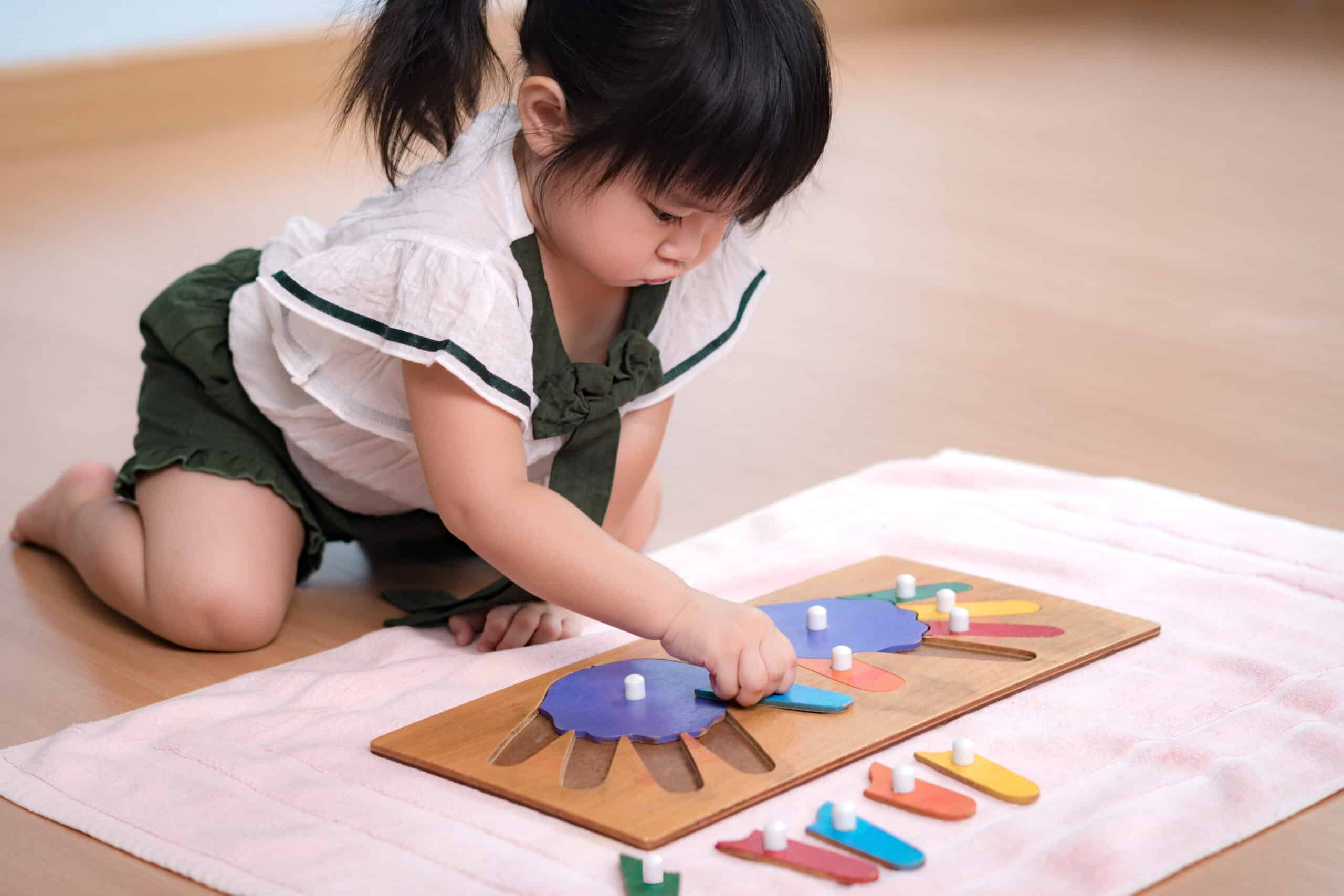
©myboys.me/Shutterstock.com
A good first step in your official successful bedtime routine for toddlers is to start to wind down with your child. You can play soft music or allow your child to play quietly by themselves with something soothing. That could be playing with a stuffed animal, a simple shape puzzle, or something else that’s nice and stress-free. The idea is to have a calming activity that will help your child’s mind wind down and relax. Stay away from screens and dim the TV during this time so the baby is not distracted.
Step 6: Consider Moving Onto a Bath
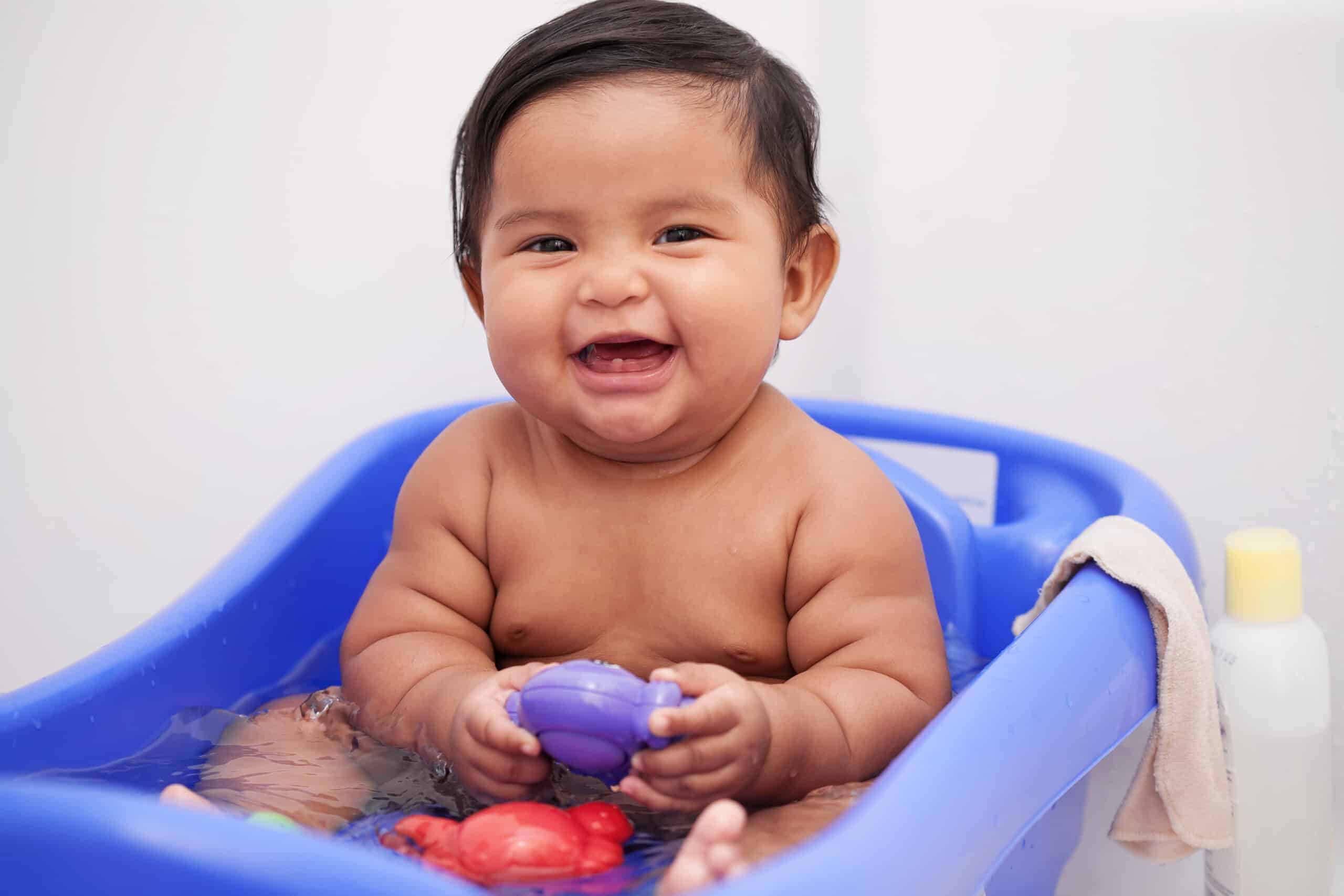
©Marlon Lopez MMG1 Design/Shutterstock.com
Now that your child is starting to unwind, take the routine to phase two and consider a nightly bath. The warm water will be soothing for their mind and their muscles and your company will help your toddler to feel safe. You can consider pairing bath time with some slightly dim lighting if it’s safe to do so. After the quiet playtime, the bath will really signify that it’s time to calm down and get ready for bed. While you bathe your child, speak quietly and with soothing tones.
Step 7: Put On Pajamas

©Yuganov Konstantin/Shutterstock.com
The next step is to put your child in their pajamas. This is a further indication to them that it’s time for bed. You’re changing them out of their day uniform and into their night uniform. The changing of the guard. Putting them in their soft pajamas will help to further soothe them and make them feel happy when they lay down in bed. As your child gets older, give them more of a say in their bedtime routine by allowing them to pick their own pajamas.
Step 8: Brush Their Teeth

©gpointstudio/Shutterstock.com
Another evening ritual that gets almost everyone in the mood for bed is brushing our teeth. In addition to helping them wind down for the night, brushing their teeth will also show your toddler good hygiene, and they’ll likely continue these habits as they get older. Plus, if you make brushing the teeth part of the nightly ritual, your kids will be more likely to do it without argument on a daily basis.
Step 9: Read a Story
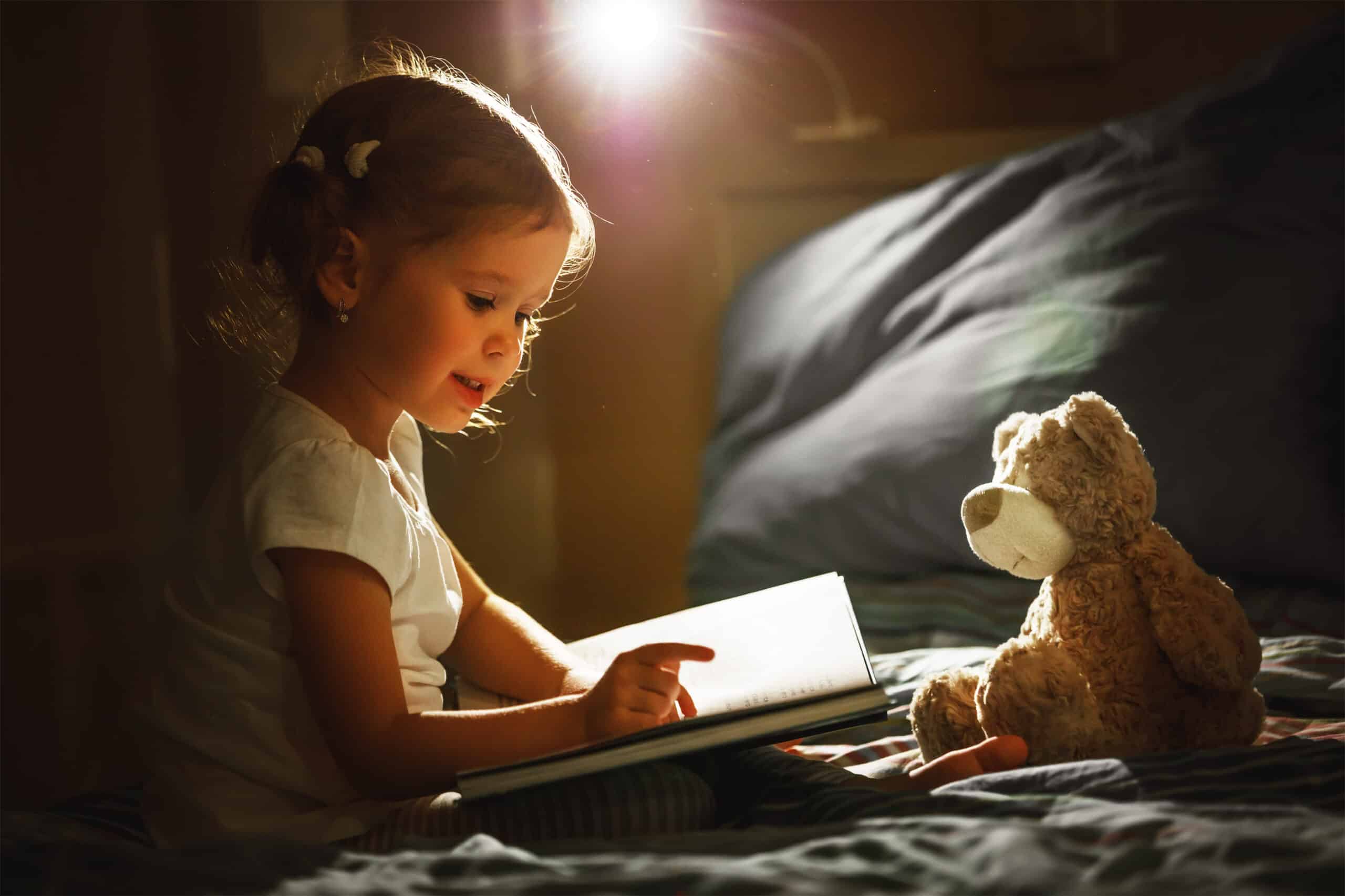
©Evgeny Atamanenko/Shutterstock.com
One of the final steps of all successful bedtime routines for toddlers is to put your child in bed, make sure they’re comfortable, and then read them a nice, calming bedtime story. You want to find a story that they’ll enjoy but don’t make it one that’s too crazy. Also, try to avoid the urge to get overexcited as you read with big motions that could startle your kid or keep them awake. Once your child starts learning, have them read a few pages. Often, reading can help kids and adults fall asleep quickly. If you want to mix things up every once in a while, you can try other soothing activities, like singing some quiet songs or even performing some simple stretches or yoga moves.
Step 10: Stay Quiet Until Sleepy Time
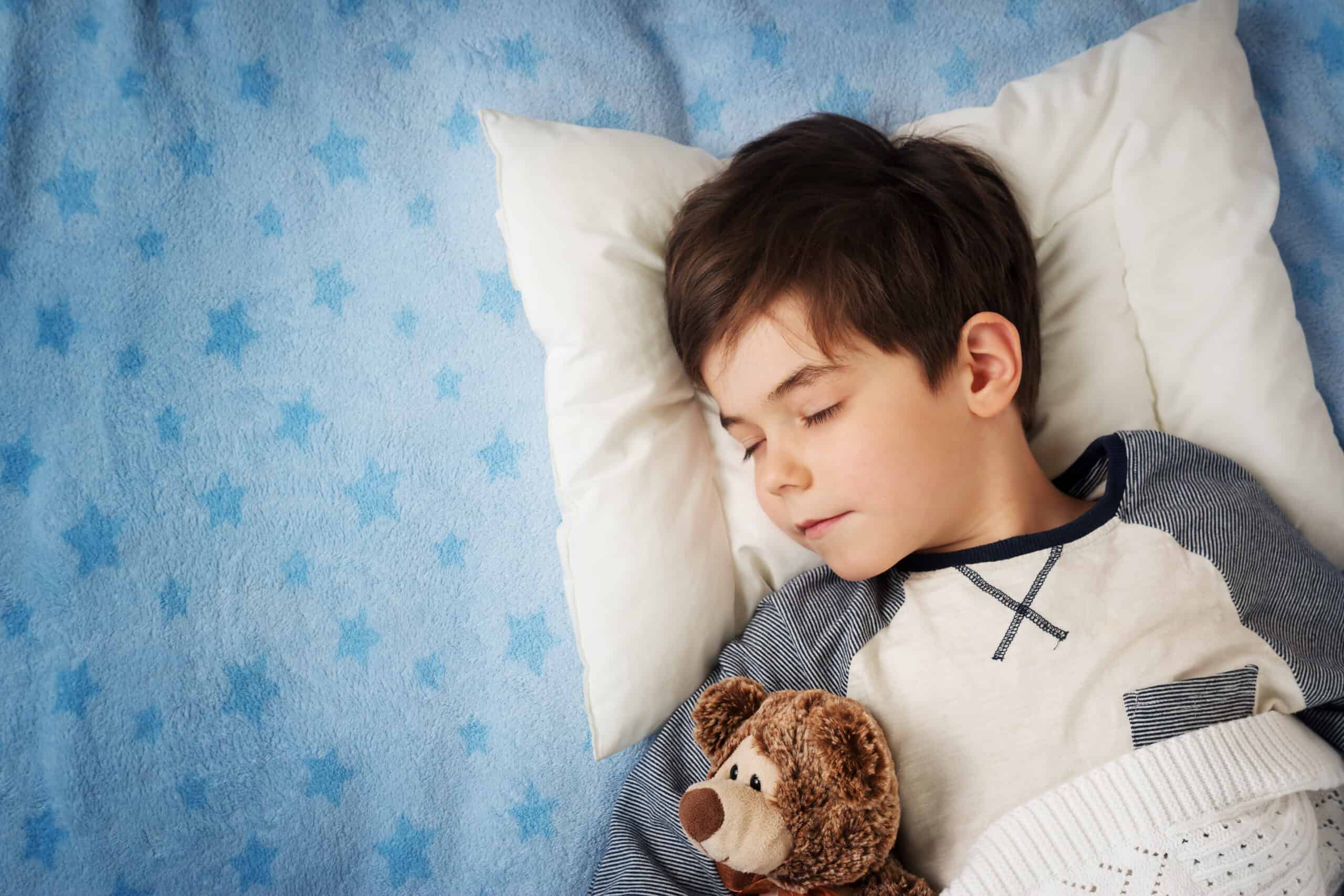
©LeManna/Shutterstock.com
Once you’ve read a book or two and it’s time for your toddler to finally go to sleep, then enjoy some quiet time. A non-verbal calming routine, like patting your child’s back or cuddling will likely do the trick at this point. Don’t expect this sleep routine to catch on immediately. It’s possible you’ll get it the first time but unlikely. Not every child will fall asleep in the same way. It’s very likely that you’ll need to adjust over time until you find what works. Don’t worry. Everyone needs to sleep. At some point, you’ll find the ideal routine.
Step 11: Put it All on a Chore Chart

©nerosu/Shutterstock.com
Once you have your system set up, the final step to a successful bedtime routine for toddlers is to create and post a bedtime routine chart. Put all of the steps that you created along the way on a chart and put it in your child’s room. Then your kids can see which step comes next. You can also make a chart that allows them to mark things off as they go. A chart will also allow your child to take ownership of their routine. You may even see them follow the process without your help. Even better, having the routine posted takes out a lot of the guesswork. Your kids know what is expected, so it avoids those painful bedtime battles. Finally, your kids will be very accomplished knowing that they did all of the steps, and that’s a great thing.
The image featured at the top of this post is ©Iammotos/Shutterstock.com.
